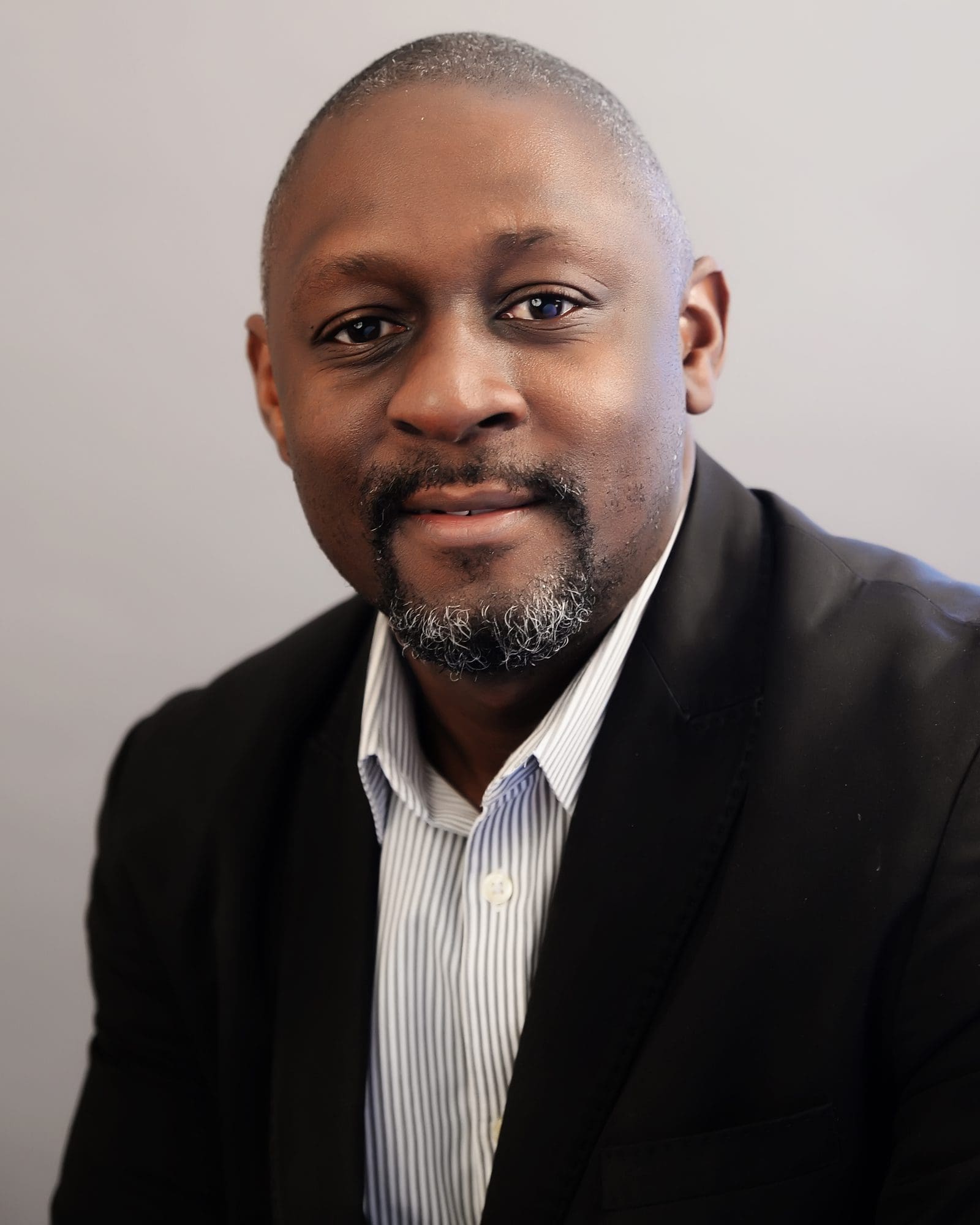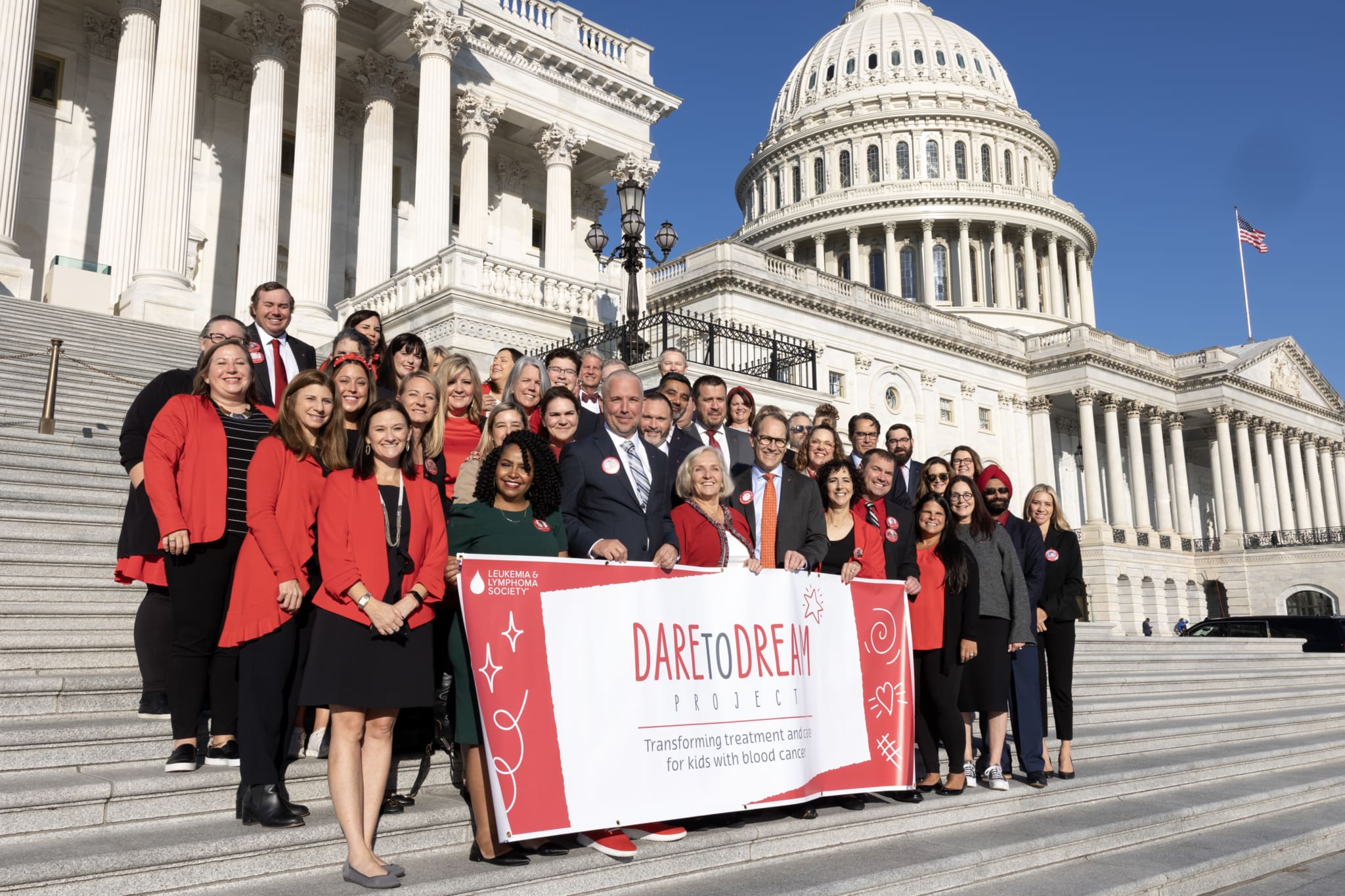Inside 16th & L is our bi-weekly blog series showcasing the Independent Sector team here at the corner of 16th and L Streets in Washington, DC. Find out who we are, where we’re from, what we do, and what drives us. This week, Inside 16th & L introduces Pickett Slater Harrington, our manager of leadership development and effectiveness.

Pickett’s role in his words…
I help next generation leaders move from next to now.
Pickett is a…
- Father
- Husband
- Woodworker
- Designer
- Science fiction lover
Hometown and alma maters
I grew up near a small town called Bennettsville, South Carolina, but I say that because I grew up about 12 miles outside of the town in a rural area known as Wallace. I am a patriot and a gamecock: I went to Francis Marion University in Florence and University of South Carolina in Columbia.
Describe your workspace.
I sit in a place where there are more people , lots of stickies, and blue painters tape. But before the beginning of this year, I did the majority of my work in a cubicle, but I’ve learned to work a little bit differently by embracing human-centered design and design thinking, so now a lot of my work takes place in a makeshift design space in our building.

If talent and resources were irrelevant and there were no risks, what alternative occupation would you pursue?
I would be a mathematician or a physicist. The reason why is that they get to ask really cool questions that they don’t know the answers to, and then use an entire body of knowledge to hopefully figure out the answer. Something I’ve just learned that amazes me is that if you take all the positive integers from now until eternity and you add them together, what do you think they would add up to? It’s -1/12. They’ve proved that!
Who are your three favorite historical people (living or deceased)?
One is Ella Baker. She was a civil rights leader. She helped counsel Martin Luther King, Jr. and Andrew Young and she was really instrumental in the Student Nonviolent Coordinating Committee. I don’t think they would’ve really coalesced without Ella Baker there. She knew enough to work with young people to give them the kind of space to create and be themselves, but didn’t reign them in so tightly that it constrained who they could be. She was a servant leader as well—she really led from behind the scenes.
A second one is Flavor Flav from the group Public Enemy. If you think about Public Enemy as a group and the other members of the group, they were very intellectual, powerful, and in-your-face with this great message and great music. But what Flav did was give it a kind of relatability to the ordinary person. I don’t think folks would’ve listened to Chuck D and Professor Griff the same way if he hadn’t been part of that group. He made it fun. He brought an energy to it. He’s also the first kind of hype man in history—he invented that role. Also, he had real struggles, but he didn’t shy away from his faults. That made him a part of the community just like his greatness did. He just feels like a very human person.
And then for the third, I would say it’s my two kids—Addie and Alex. They teach me so much. They’re kind of like a mini reflection of me, and a lot of times that reflection enlarges certain pieces or aspects of your personality—you see the greatness of yourself, but you also see fallibility. Then there’s also the aspect of seeing life through the eyes of a child.
What’s your favorite place in the world and when was the last time you were there?
I think it would be back at home where I grew up in Wallace, the house I grew up in is off a dirt road, like a mile back into the woods, and it was surrounded by family. So the only people that lived around me were like aunts and uncles and cousins. We lived back there, we grew food, it was a rural existence, and when I need to recharge or be reminded of who I am, I go back there. So there’s this old house where we used to live—each year I go back, it’s crumbled more and more, but trees are starting to grow around it. And I take my kids down there, and I tell them, “That’s where I used to live, that’s where I grew up.” And they kind of just look at it and pick up rocks and kick them around. But it is kind of a metaphor for life—like the place we started out, that in our hearts still the same place and has the same meaning for us, looks different. And it grows and it evolves and it changes over time.
In the Harry Potter series, there is a charm called a patronus that a person uses to conjure positive feelings from their happiest memories as a protection against evil beings that prey on human souls. What is your patronus and what happy memory do you use to cast it?
My patronus would be a hare. Compared to a rabbit, they have longer ears, bigger feet, longer body, they’re also kind of lean too. Kind of scruffy. A patronus is your kind of protective animal embodiment and you never know what it is until it shows up. The reason I say that is because I think one of the great things about me is that I can move quickly in how I approach problems and issues and challenges. And I usually look for the best route that works for everybody. And I think that’s how hares work. They don’t have many defenses—they just run. But they have to run and move quickly and see all these different paths and ways they can go. The memory I use to cast it is being back home where I grew up, which is a part of South Carolina called the sand hills. It’s probably about two hours inland from the coastal area, but it’s called that because it has this beach-like sand because it was the beach at one point. The ocean receded back over millions of years and left this sand deposited. So growing up, I didn’t have grass in my yard. It was just really hot sand. And I’d walk out there barefoot on sunny, hot days and the sand would get so hot you could barely walk on it, but you cross this point where it feels so good and you dig your toes in like you do at the beach.






